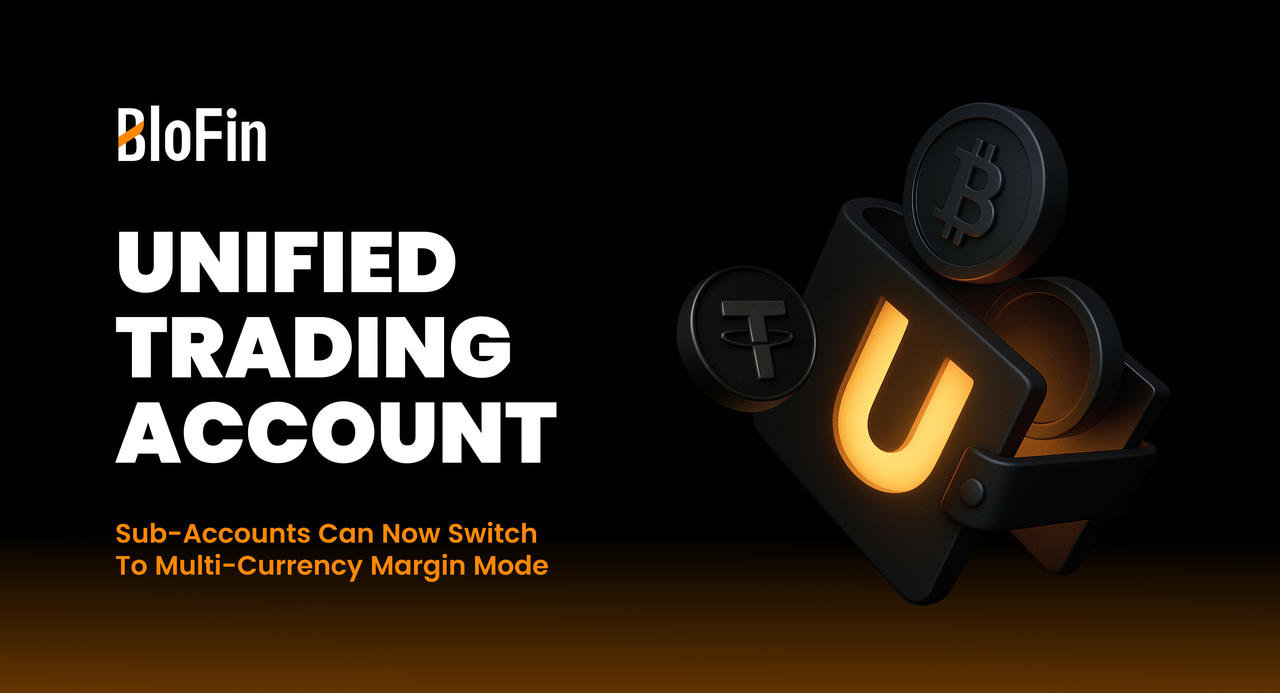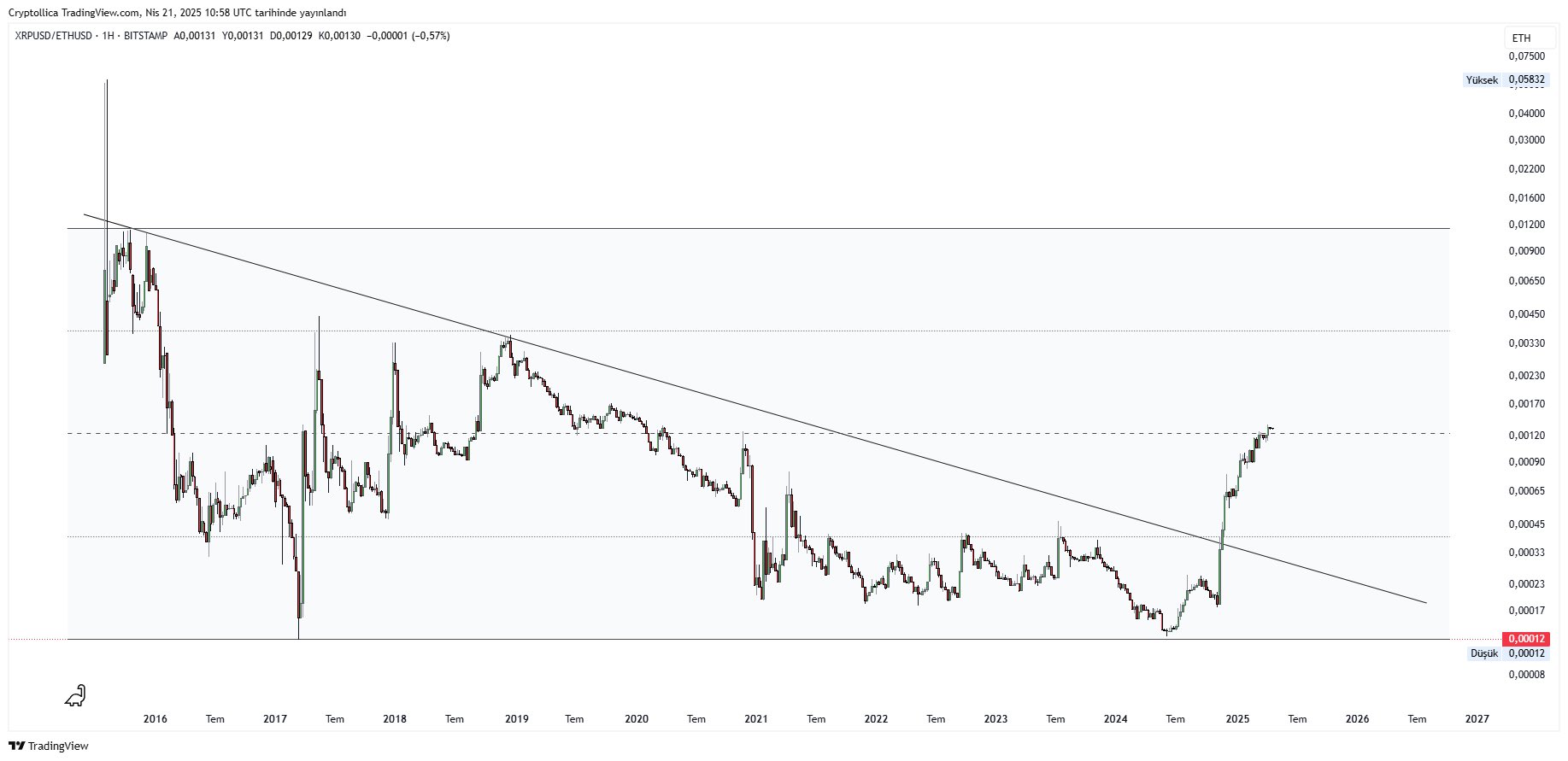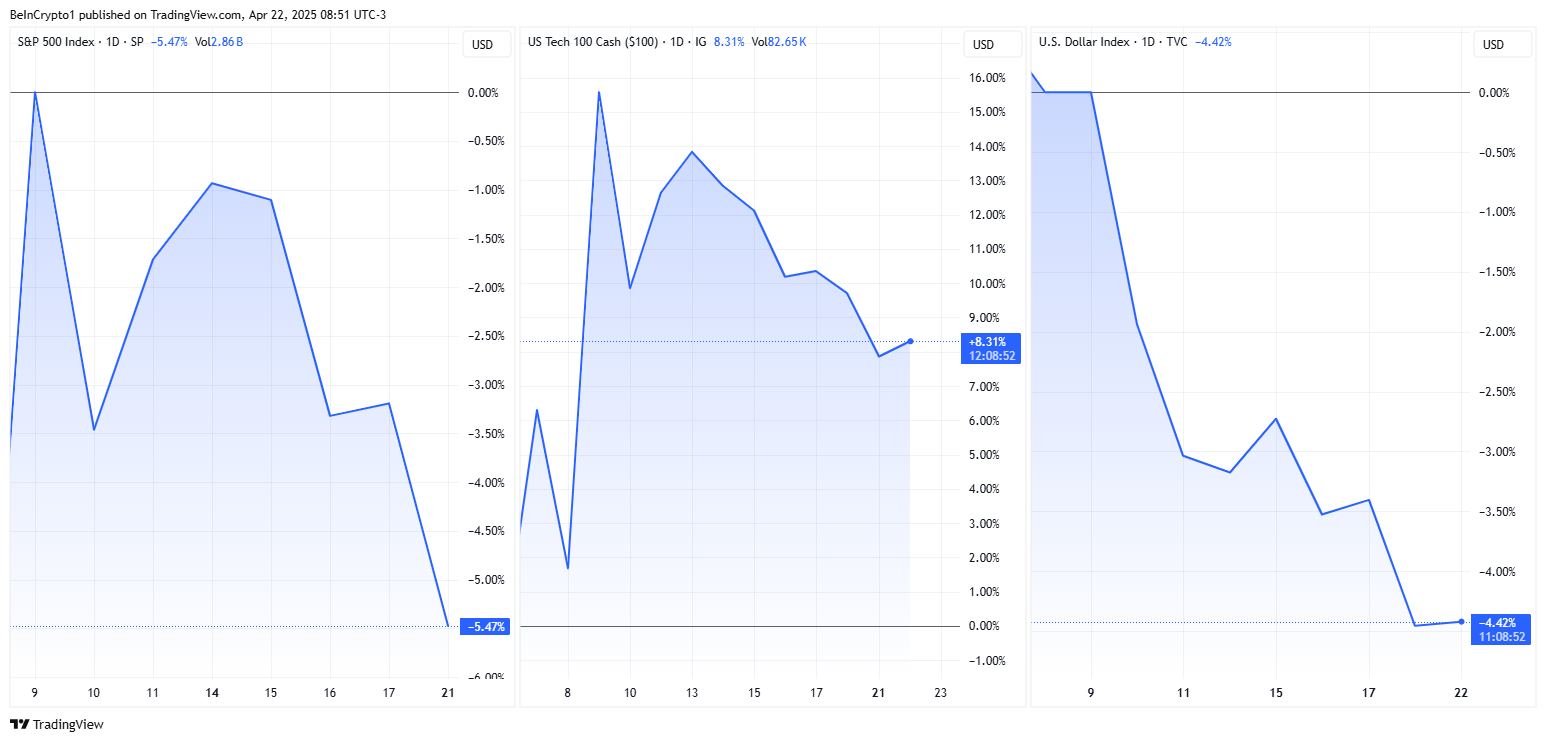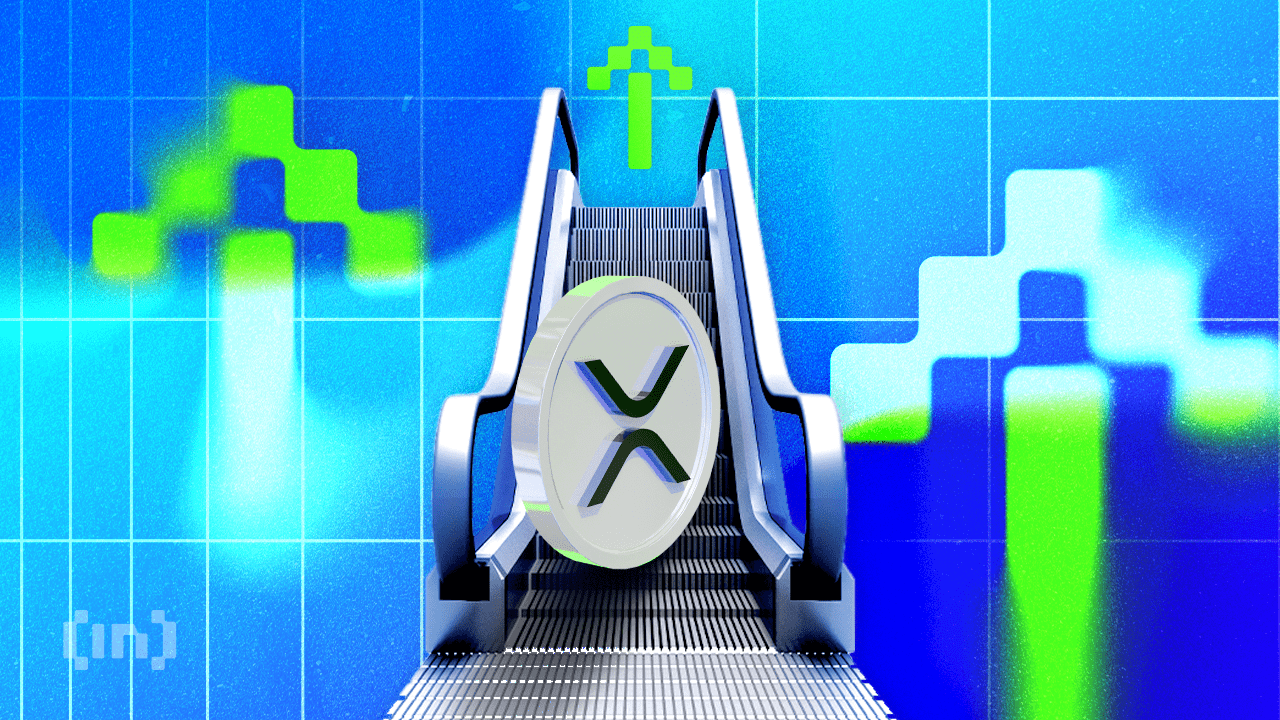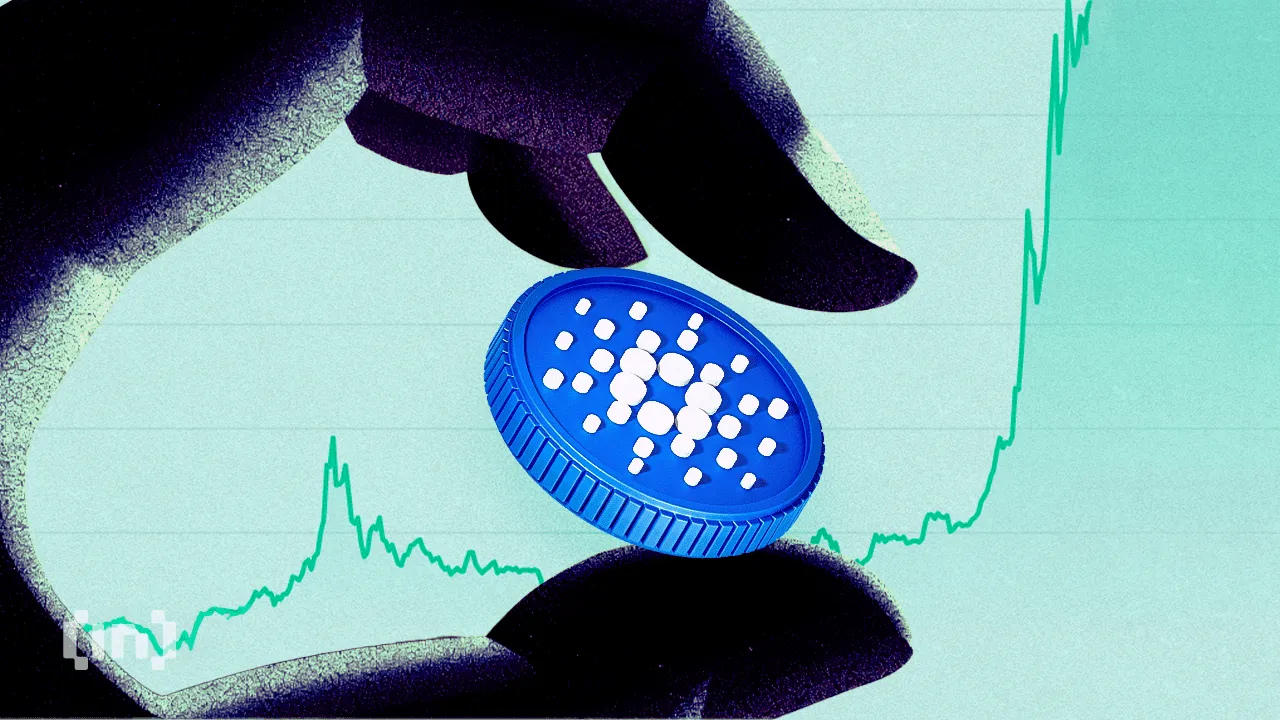The cryptocurrency space is no longer booming with the same noise. After years of hype cycles and headline-grabbing surges, 2025’s so-called “bull run” is failing to meet expectations. Economic headwinds, regulatory pressure, and reduced retail participation have cooled the market. Liquidity is tightening. Attention has shifted elsewhere. The din that once surrounded crypto has dulled into a quieter, more reflective moment.
For the better part of a decade, blockchain innovation was defined by spectacle. Speculation became the business model. Projects raced to capitalise on virality. Memecoins rose and fell with astonishing speed, generating massive returns for a few and confusion for everyone else. Beneath it all, there were builders with a different vision, those trying to use this technology for more than fleeting value. But their efforts were often drowned out by the roar of markets chasing the next pump.
Now, as the tide recedes, the shortcomings of that era are plain to see. Many projects had no meaningful use case. Even those that pointed toward real-world utility – DAOs, DeFi, NFTs -often failed to mature beyond early experimentation. Governance mechanisms lacked teeth. Infrastructure remained incomplete. In some cases, user engagement dwindled as the novelty wore off and long-term viability failed to materialise. It has left the industry with a credibility gap, and a reckoning.
Yet this moment also presents an opportunity. The speculative layer that once dominated attention has thinned, leaving space for substance. What’s emerging is not a collapse but a reset. A chance to realign blockchain innovation with real-world impact. The next evolution of crypto will not be defined by entertainment or artificial scarcity, but by usefulness. By systems that solve problems, coordinate action, and create lasting value.
This shift is already underway. Regulation is forcing a higher standard. Institutions are becoming more discerning. Communities are demanding transparency and utility. The market is evolving from one driven by hype to one shaped by application. That doesn’t mean the energy is gone, it just means the rules are changing.
To move forward, the industry must stop asking what will go viral and start asking what will endure. That means designing protocols that are built to last, not just built to launch. It means giving governance real structure, with accountability and clarity. It means aligning token economies with incentives that support users and communities over time, not just early speculators. And perhaps most importantly, it means integrating blockchain into real-world systems rather than operating in isolation.
There are already signs of progress. Projects are emerging in infrastructure, regenerative finance, decentralised science, and commodity-backed ecosystems. These are areas traditionally underserved by both capital and coordination. Some are experimenting with new models for local ownership and community governance, using blockchain to formalise systems that were previously informal or extractive. These may not be the loudest stories in the space, but they are arguably the most important.
The tools now exist to create decentralised structures that actually function. These are systems where decisions are made transparently, value flows can be tracked, and outcomes are measurable. But this requires more than code. It requires discipline, legal interoperability, regulatory foresight, real partnerships, and long-term thinking. In other words, the ability to build not just technologies but systems.
That is the real test ahead. Can blockchain move from the margins of speculation to the centre of meaningful coordination? Can it deliver financial inclusion, resource governance, or institutional resilience in ways legacy systems have failed to do? The answer lies not in the next trend but in the next ten years of committed, structured innovation.
This is not a romantic ideal; it is a necessity. Many of the world’s most critical systems, from land ownership to energy access to clean water, remain inefficient, inequitable, or entirely absent. These are domains crying out for better governance. Blockchain is not a silver bullet, but it does offer a new grammar for decision-making. When combined with real-world expertise and institutional-grade delivery, it can unlock systems that are more transparent, participatory, and accountable.
Of course, the speculative side of crypto will not disappear. Nor should it. Speculation is part of any emerging technology’s lifecycle. But the dominance of speculation must end. If Web 3.0 is to fulfil its potential, it must prove its relevance where it matters most — in the everyday lives of people, in the infrastructure of economies, in the regeneration of systems we rely on. That is where credibility will be won.
The good news is that the builders who remained through the noise are still here. They are launching projects in challenging jurisdictions. They are working through regulatory hurdles and building bridges between on-chain governance and off-chain enforceability. They are not promising the moon. They are rolling up their sleeves.
This is what comes next. Quietly, but with intent, a cohort of serious actors is shifting the blockchain narrative from disruption to integration. From fanfare to function. From tokens that entertain to systems that empower. Whether in agriculture, climate resilience, digital identity, or access to finance, this new wave of projects is less concerned with hype and more focused on legacy.
Among them is Kula, a governance-first blockchain platform focused on real-world commodities such as land, water, and energy, and their structured investment through decentralised systems. With projects underway in Zambia and Nepal, and others planned in Malaysia and beyond, Kula reflects the kind of long-term, compliance-aligned thinking this new era demands. It is one example of the shift now taking root: less noise, more impact.
The post What Comes After the Noise: A Call for Meaningful Blockchain Innovation appeared first on BeInCrypto.





